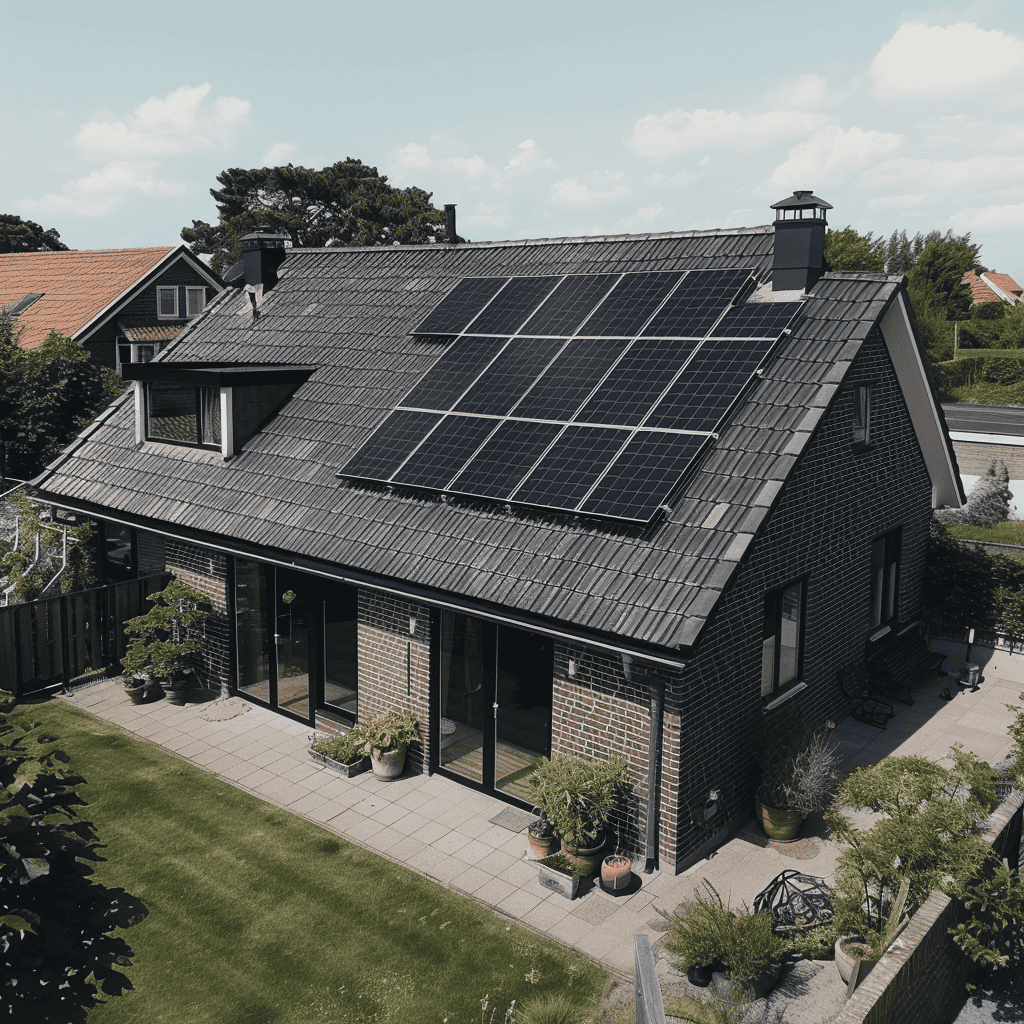
The past week saw new major announcements coming to shake the Dutch electricity market. Essent, one of the three biggest energy providers in the country, has announced a 35% reduction in variable electricity tariffs, promising significant annual savings for households without solar panels. Concurrently, the company is implementing a solar energy buyback fee, affecting new and existing solar-equipped customers. Similarly, also energy company ENGIE announced the introduction of a similar tariff for its customers.
Why this is important:
As more Dutch households install solar panels, energy providers are introducing feed-in tariffs, and the electricity market is evolving. IO takes stock of the latest developments.
Understanding return costs in the Dutch electricity market
Essent‘s recent strategy to introduce return costs for solar panel owners reflects an emerging trend among Dutch energy companies. This policy comes into effect for Essent customers who exceed 250 kilowatt-hours (kWh) of returned solar energy, with prices ranging from €0.098 to €0.0195 per kWh. The company asserts that introducing these costs will enable them to offer lower electricity rates to their customers. Essent’s approach is part of a broader shift in the Dutch electricity market, with Eneco and Vattenfall already imposing similar charges on their customers.
Solar Magazine reports that compared to other energy companies, Essent’s return costs are relatively high. This could potentially impact the annual expenses of solar panel customers by hundreds of euros. However, Essent maintains that the benefits of installing solar panels still outweigh these new costs, citing an average payback period of eight years and annual savings of around 600 euros for solar-equipped households. Essent also encourages customers to align their solar panel numbers with their energy consumption to minimize overproduction.
ENGIE and the value of returned solar energy
ENGIE, another key player in the Dutch market, has also introduced return costs for solar panel owners. With an electricity price set at € 0.29 per kWh, the net gain for every returned kWh of solar energy is still a notable €0.17. This clearly illustrates the ongoing balancing act between encouraging renewable energy uptake and managing the costs associated with integrating this energy into the national grid. ENGIE’s policy applies immediately to new customers and to those renewing their contracts.
Return costs are not merely an additional fee; they serve to cover expenses such as unbalanced and profiling costs that energy companies incur due to the unpredictable nature of solar energy production. Unbalance costs occur when energy supply and demand do not match predictions, necessitating the purchase or sale of electricity at often unfavorable prices. Profiler costs arise when energy companies have to buy electricity when market prices are high and take back power when there is an overproduction and market prices are low.
Future challenges in energy supply and demand
A pressing concern for the Dutch energy market is the projected gap between energy supply and demand. Tennet, the Dutch electricity network operator, warns of a potential 14.2-hour shortfall in annual energy generation compared to consumption if no action is taken. With electricity demand expected to surge by 34% from 2022 to 2030, driven by electric vehicles and gas phase-out, this highlights the urgency for effective policy measures.
Tennet’s forecast is a stark reminder of the importance of maintaining supply security, especially during peak demand periods. The company emphasizes that the time to act is now to ensure that the Netherlands can maintain its high level of supply security beyond 2030. The scarcity of regulable capacity is a challenge for the Netherlands and neighboring countries such as Belgium, Germany, France, Denmark, and the United Kingdom.

Impact on households and the Dutch energy market
The changes in the Dutch electricity market will inevitably affect households. The introduction of return costs and the expected increase in energy demand suggest that electricity prices may spike, particularly on the day market where energy is traded. Households with dynamic energy contracts could face significant price increases as a result. This marks a crucial juncture for the energy sector and consumers alike, as the landscape of energy production and consumption continues to evolve.
These developments underscore the importance of a diversified and balanced energy portfolio. While return costs may initially appear as an additional burden to solar panel owners, they are part of a larger effort to ensure the stability and fairness of the energy market. It remains crucial for customers to consider both the short-term financial implications and the long-term benefits of renewable energy investments.

